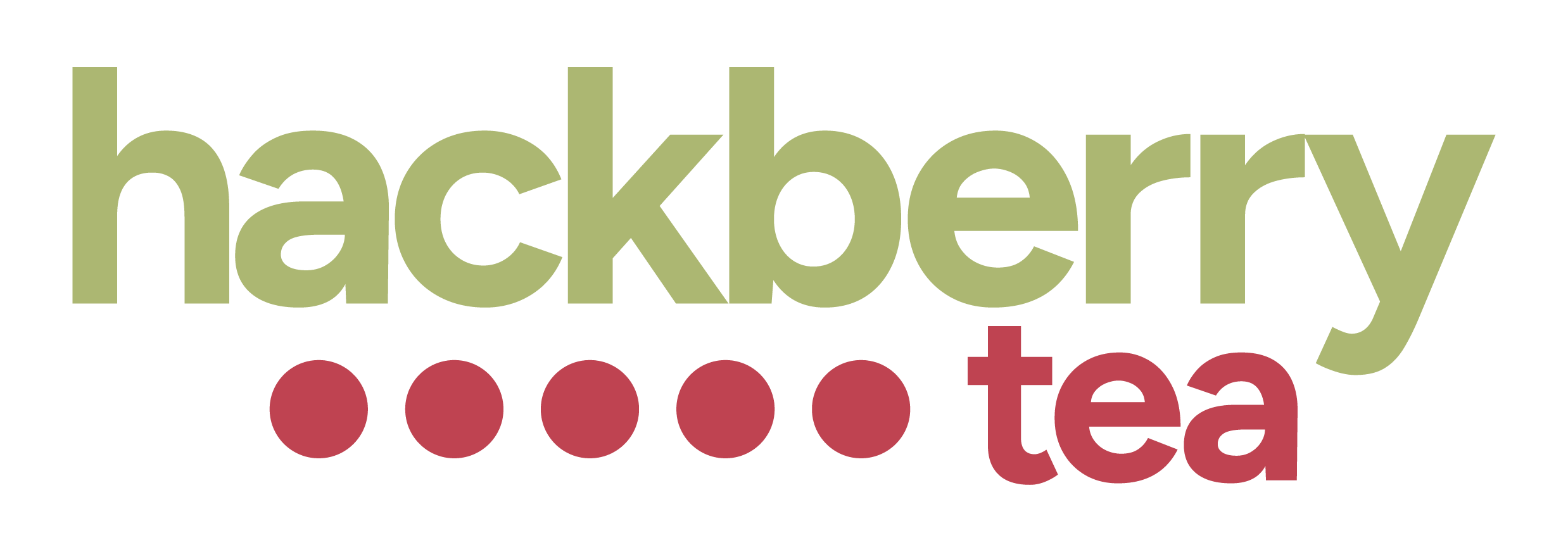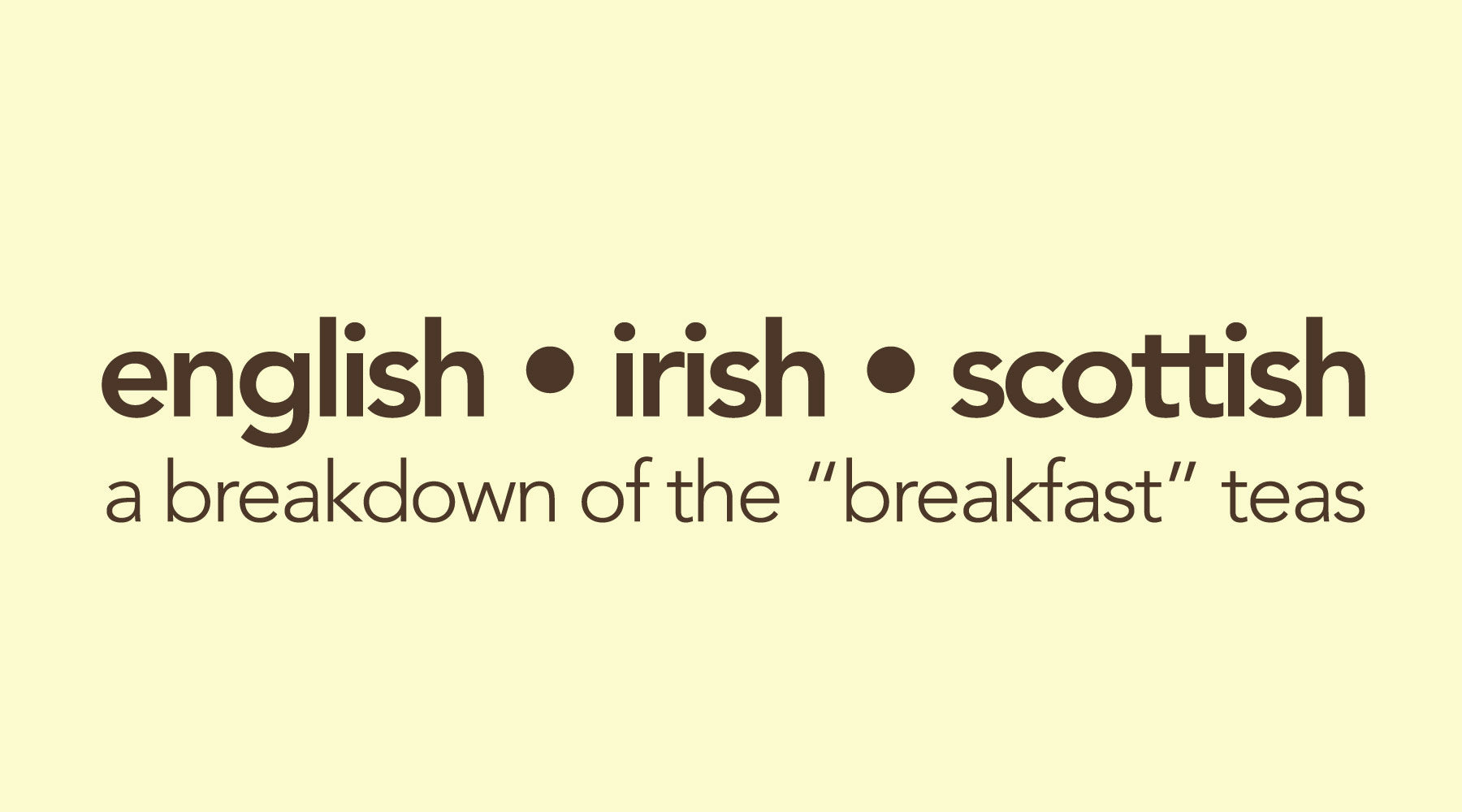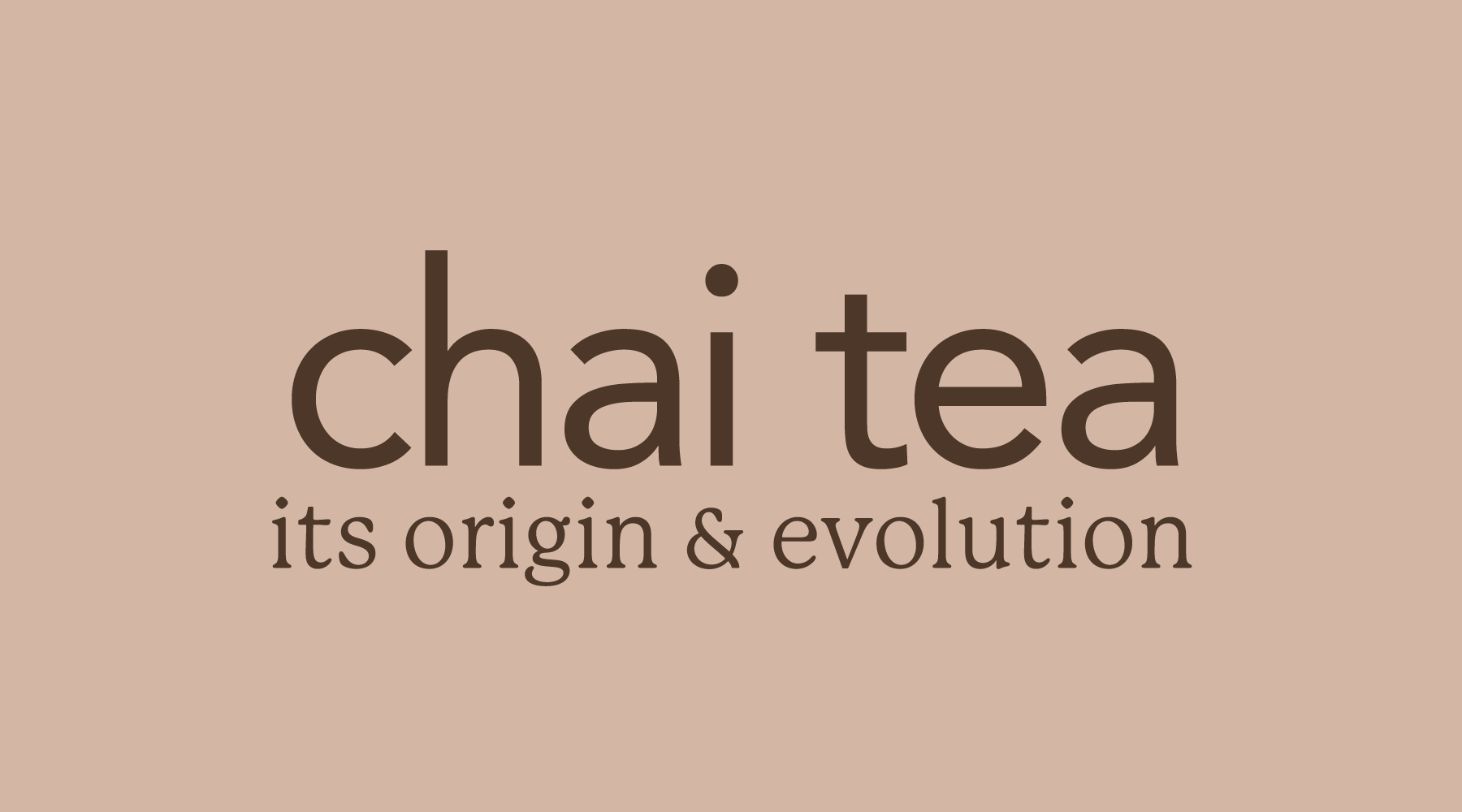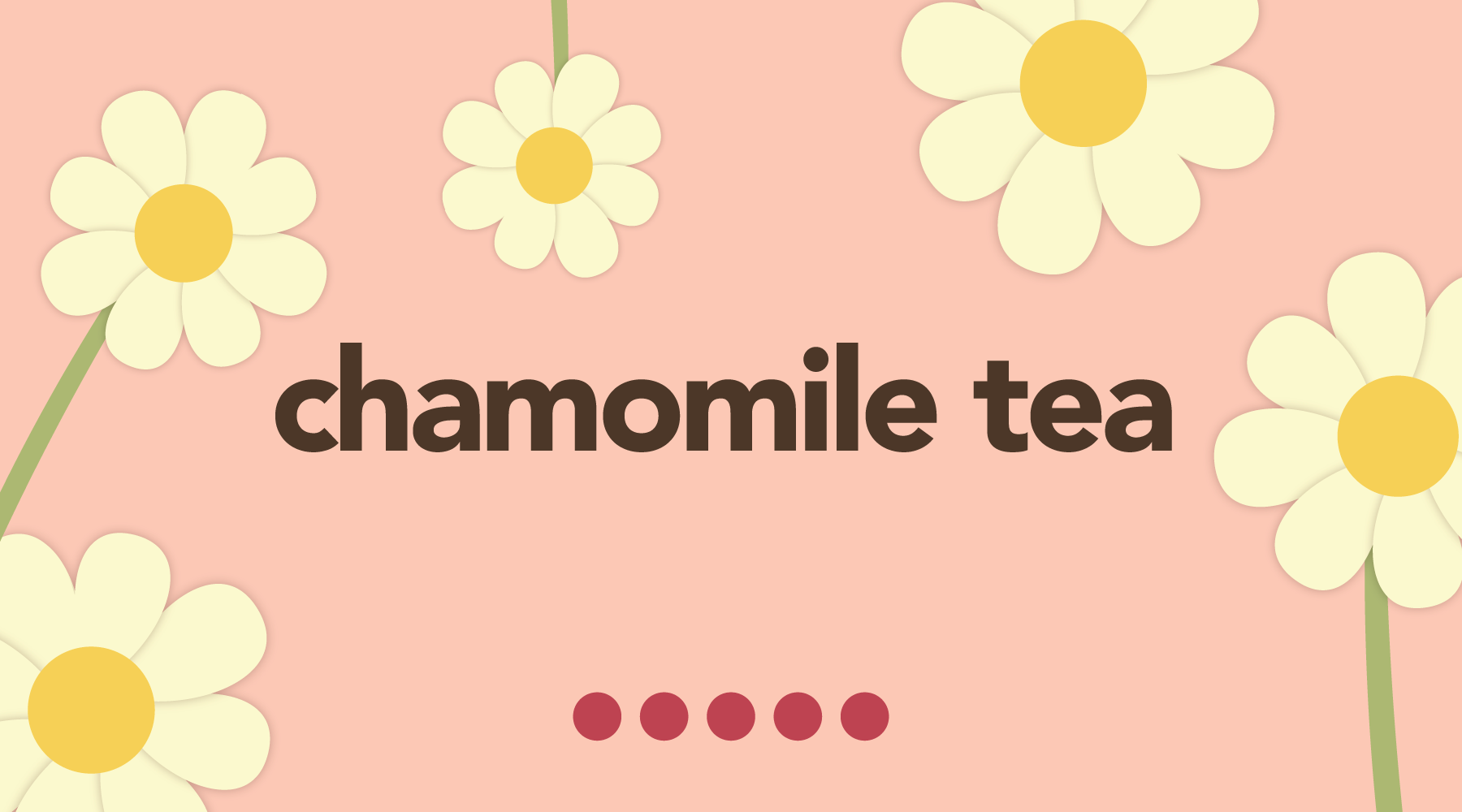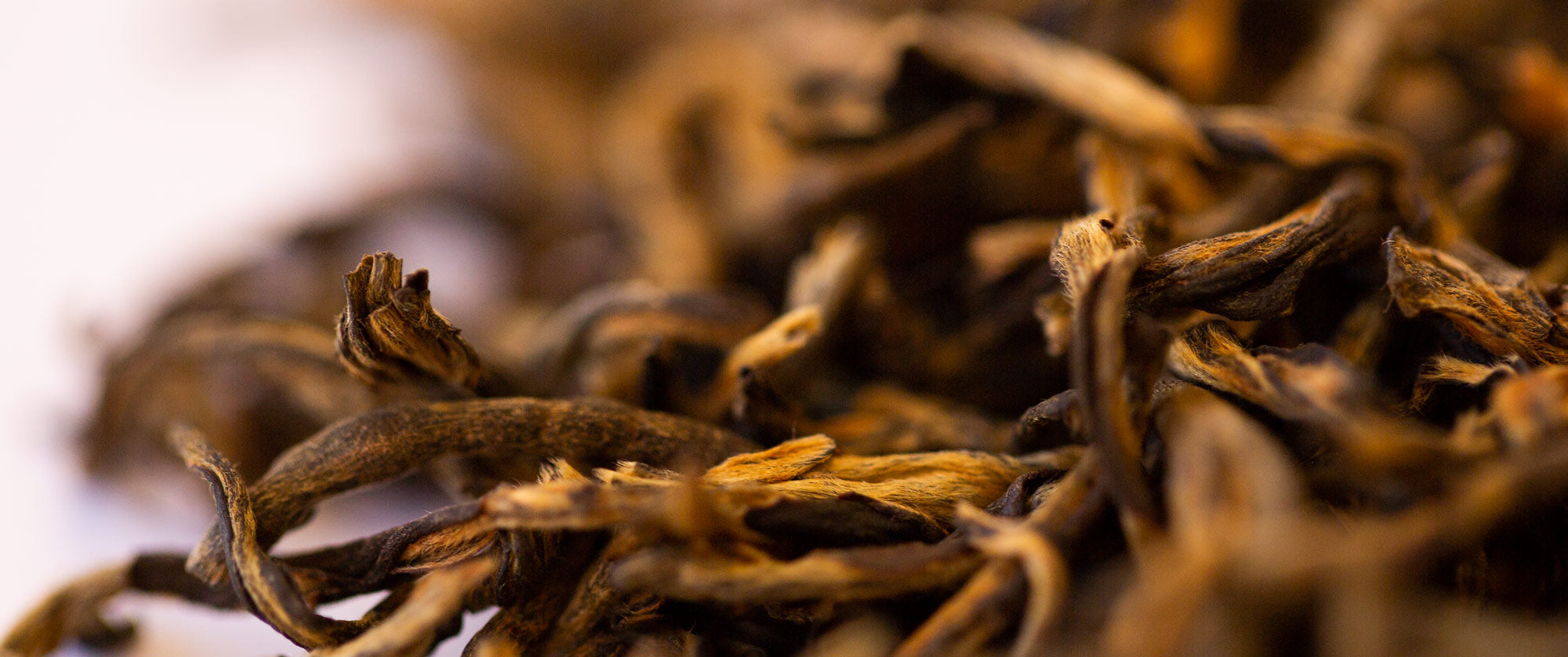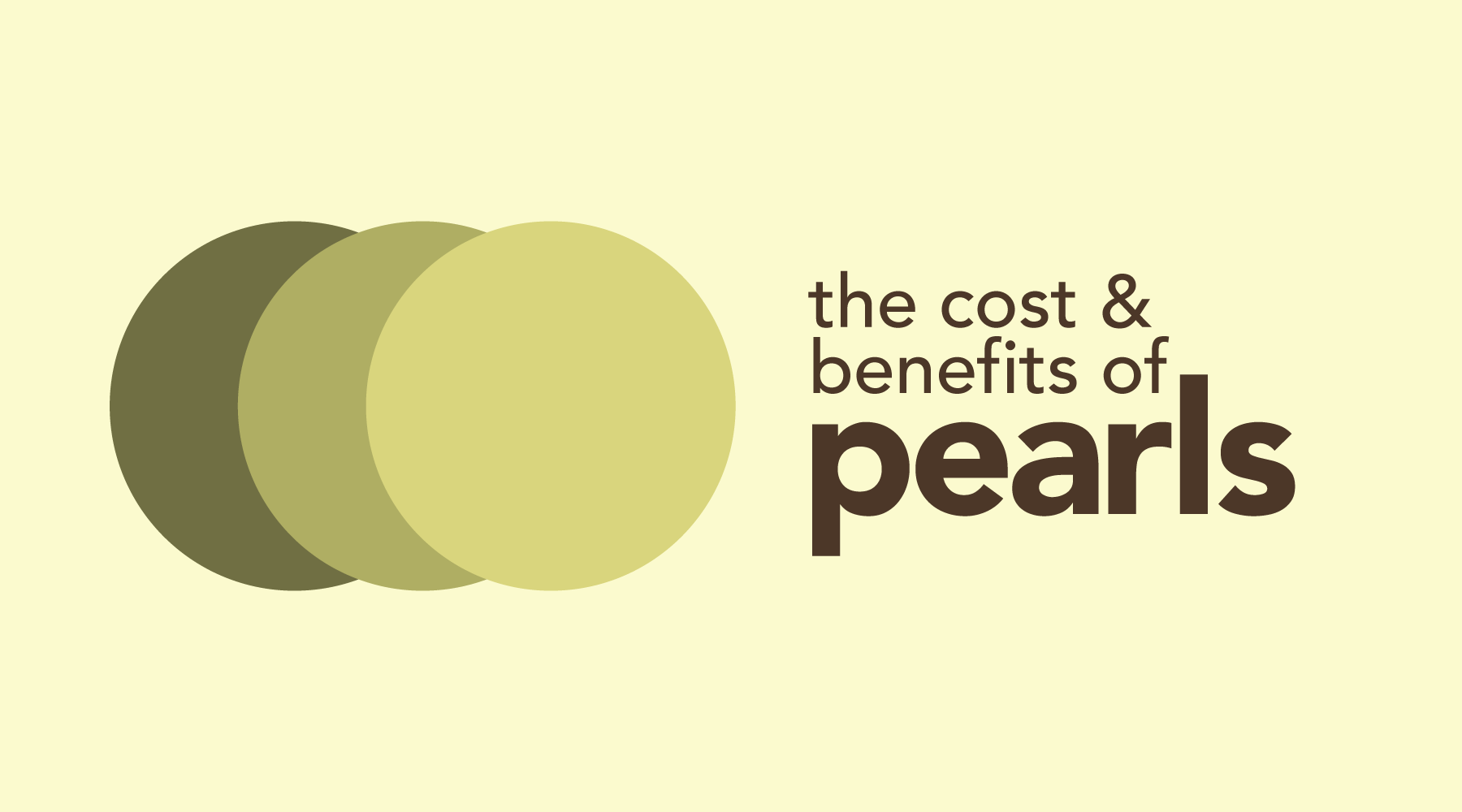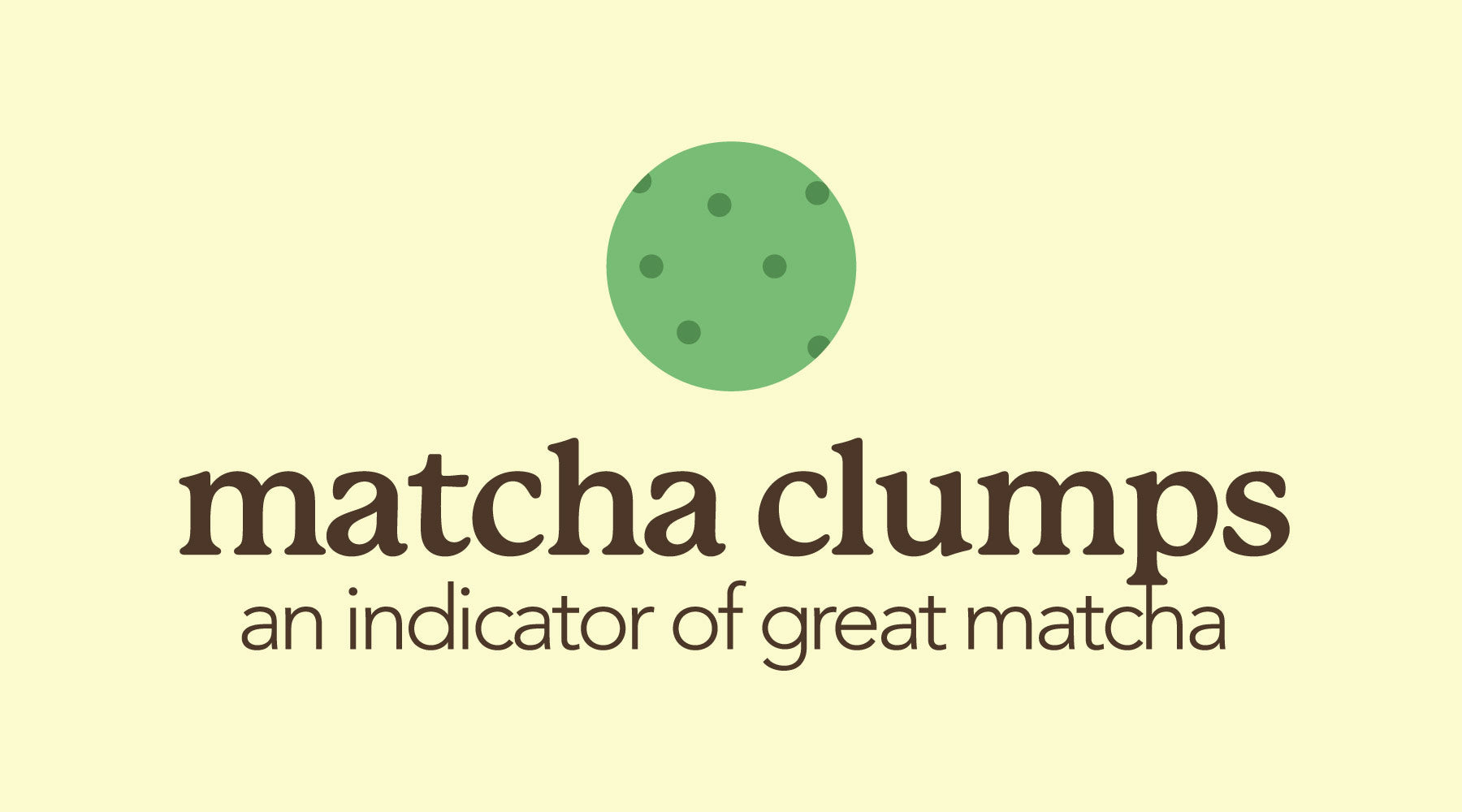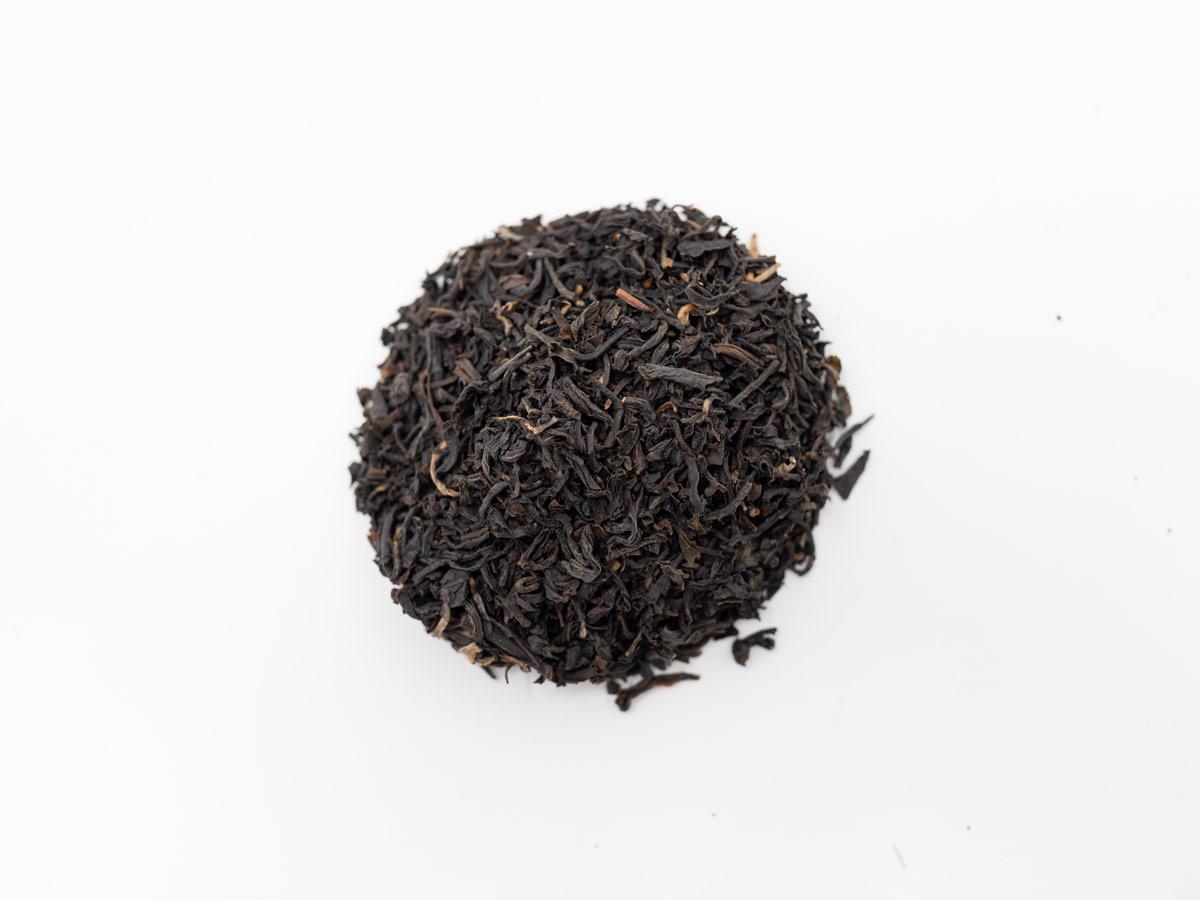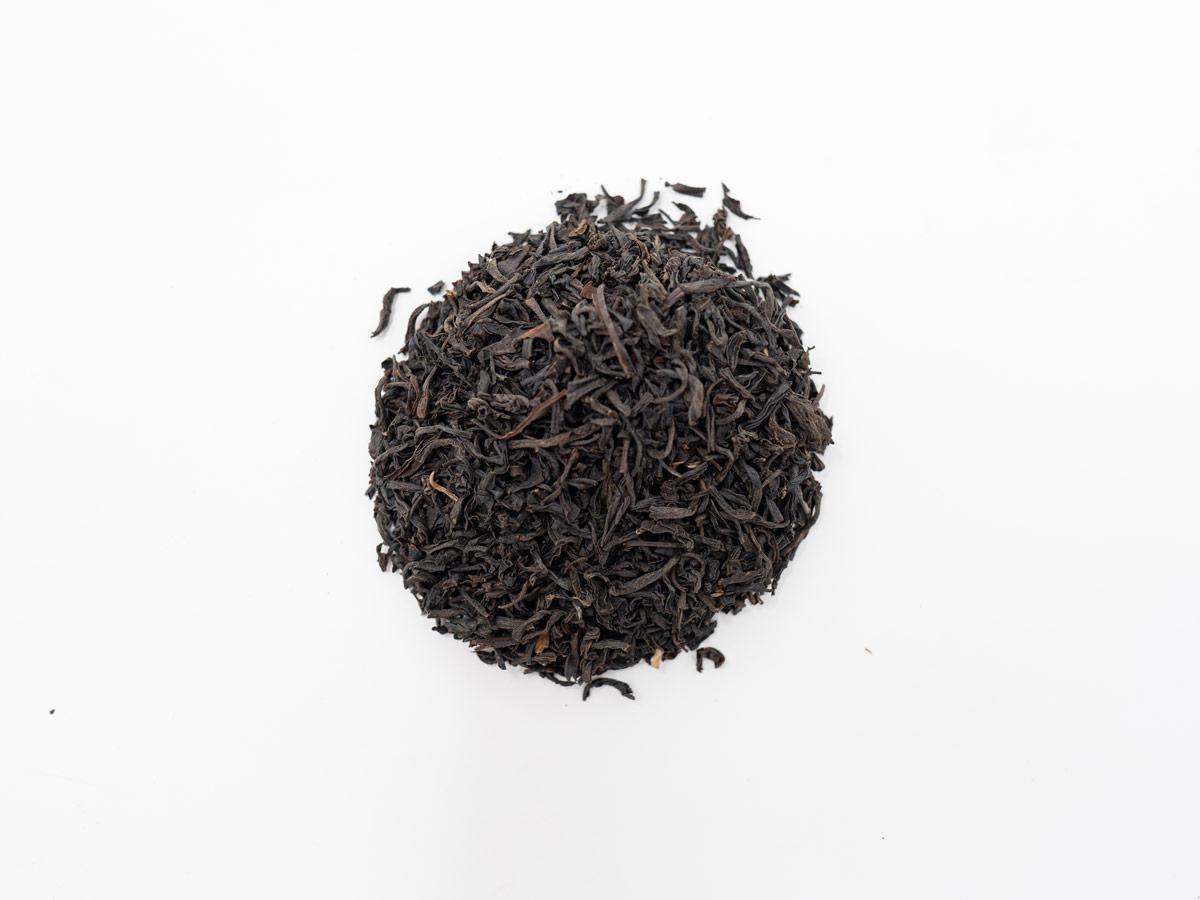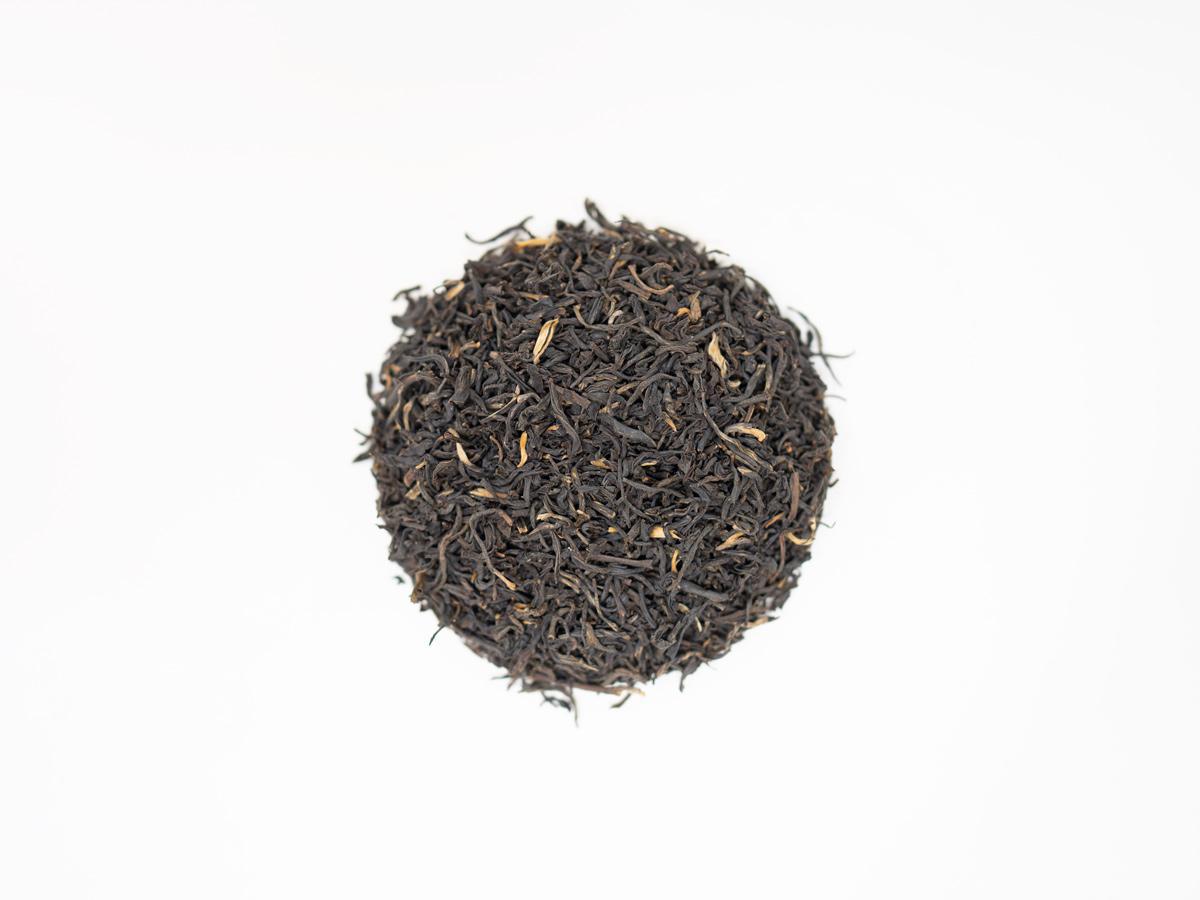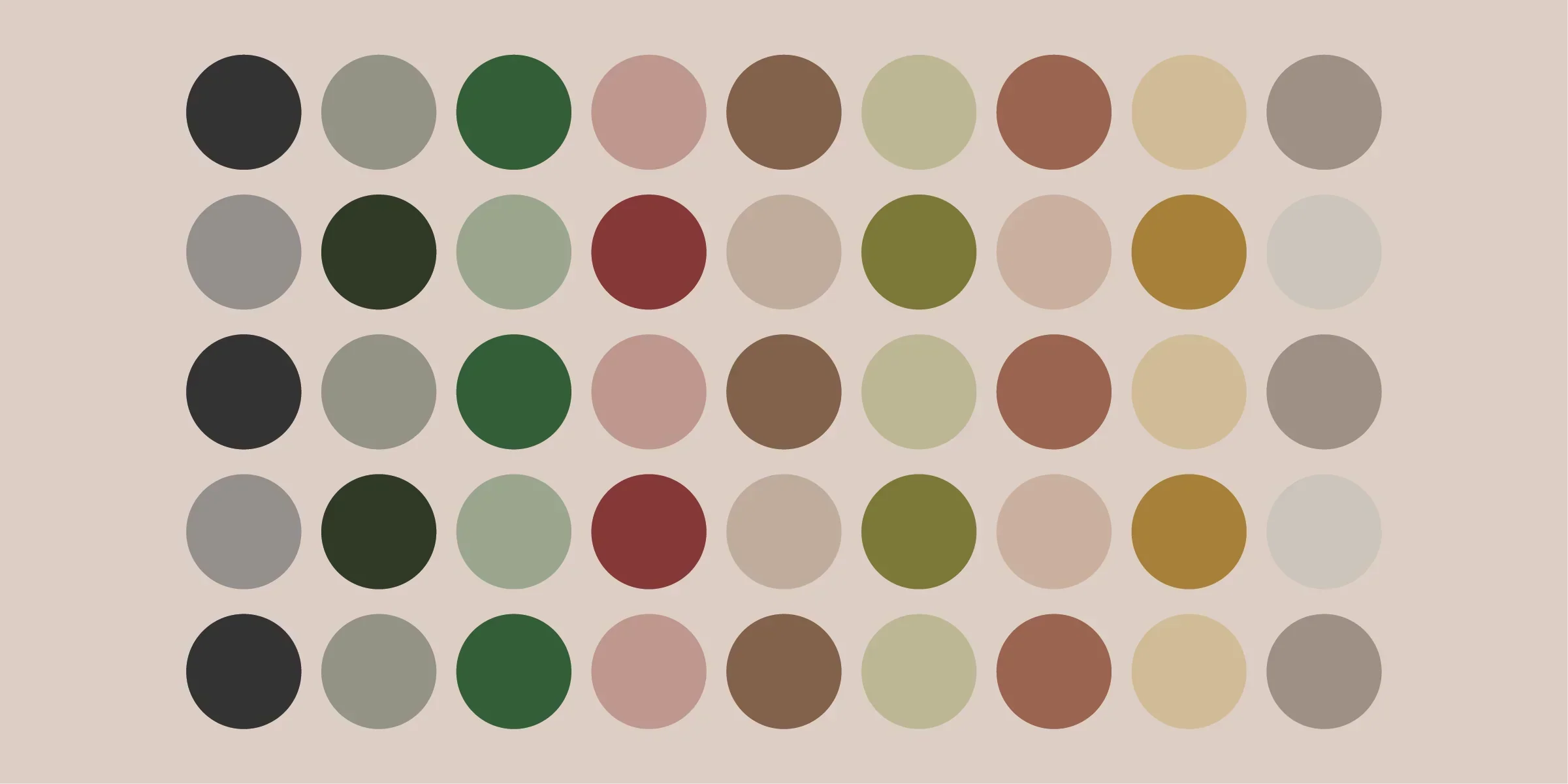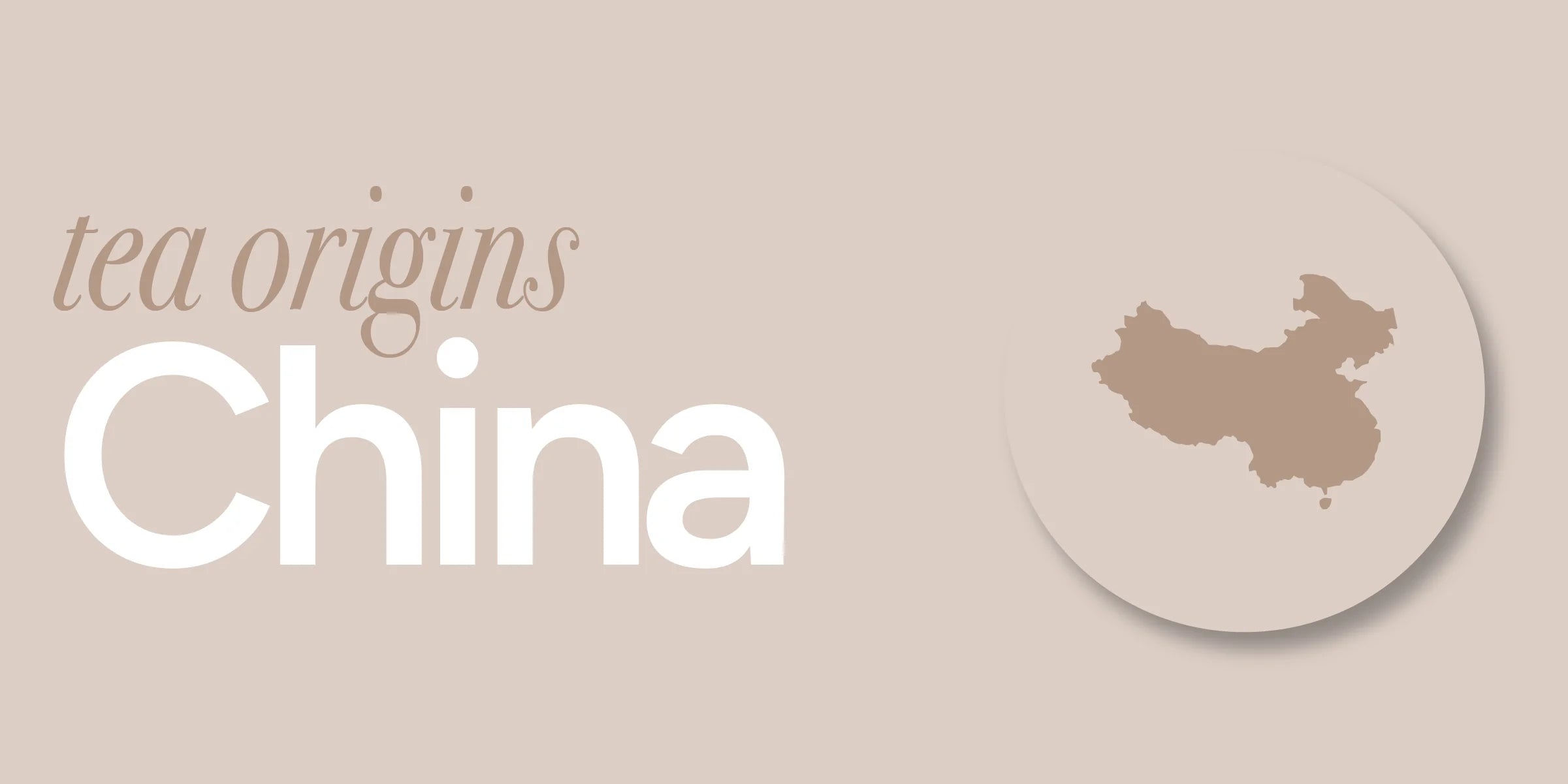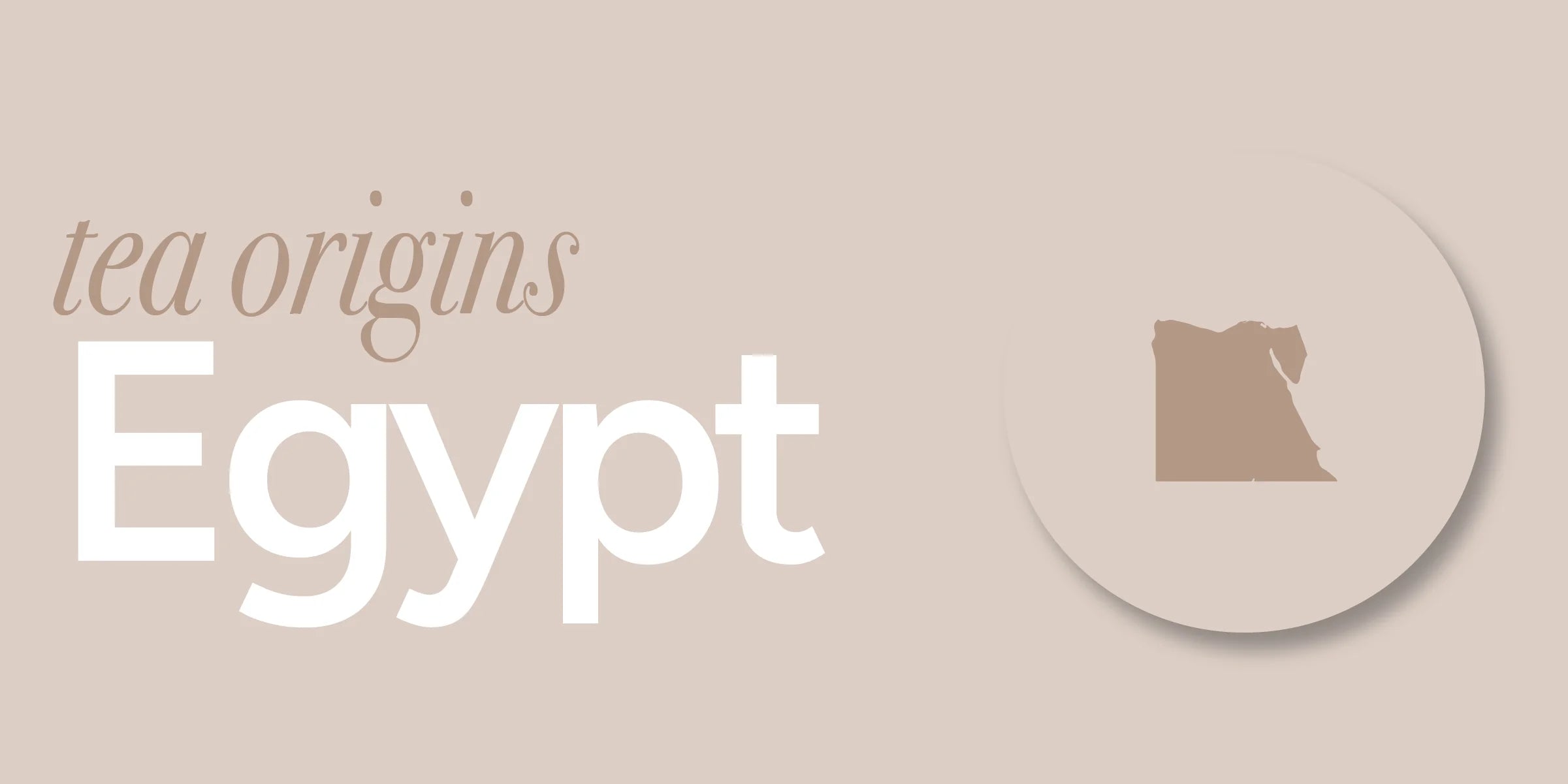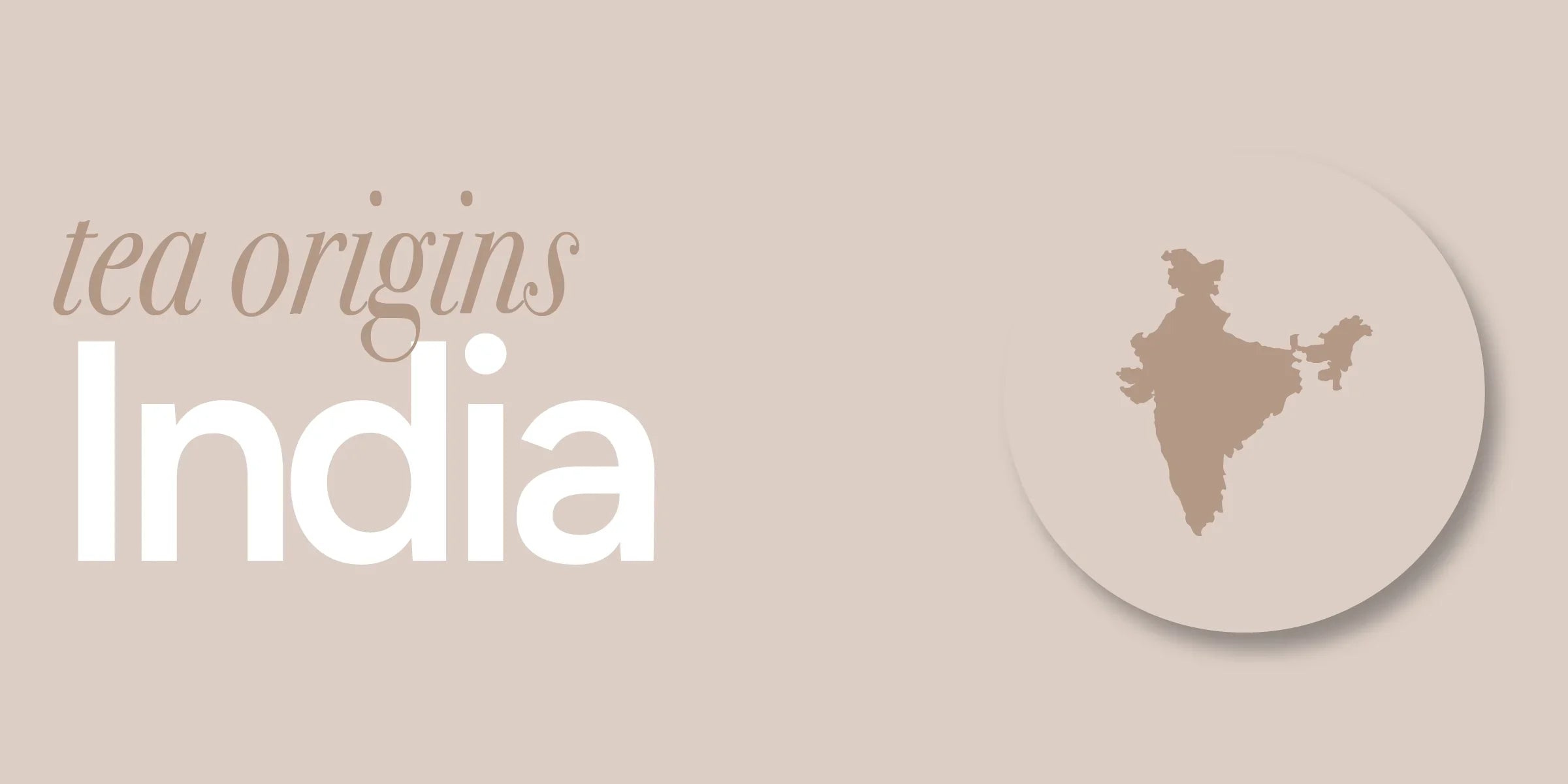Drinking hot tea has been a longstanding tradition in Europe, specifically in the United Kingdom. English, Irish, and Scottish breakfast teas have been a staple for many households for their bold flavors and tannin levels. Breakfast teas were produced to accompany the traditional breakfasts served in each country and are often associated with the bold, robust flavors of black tea. The boost of caffeine they offer makes them the perfect breakfast accompaniment and morning pick-me-up.
Why “Breakfast Tea”?
While English Breakfast Tea is one of the more well-known terms, “Breakfast Tea” as the concept of a black tea blend made to complement early mealtime seems to originate from Scotland! Robert Drysdale in Edinburgh developed a strong black tea blend and marketed it as a breakfast beverage. The story goes that Queen Victoria brought some of this blend from Scotland back to England, so the concept of English Breakfast tea was born. It is also possible that the widespread use of the term “English Breakfast,” as opposed to simply “Breakfast Tea,” was popularized in the US by the salesman Richard Davies when he emigrated to the US and began selling a particular black tea blend under that moniker.
A breakfast tea of any variety is simply a blend of some combination of Ceylon (from Sri Lanka), Assam or Darjeeling (from India), and African black teas. Many of the breakfast blends are processed using the CTC (cut, tear, curl) method to create a stronger and faster brew. The CTC processing technique uses whole leaves that are cut, torn, and curled into uniform-sized particles. They are typically full-bodied teas often served with lavish, filling breakfasts (i.e. English breakfast) in their respective countries. Breakfast teas from Ireland, England, and Scotland have some overlapping characteristics, but there are some distinctions.
What is the difference between the most popular breakfast teas?
The primary difference between English, Irish, and Scottish breakfast tea is in their strength and types of teas used in the blend.
English Breakfast tea is made with an assortment of black teas. Although English tea's exact genesis is questionable, the most popular theory is that it first came to be during Queen Anne's reign in the early 1700s. Queen Anne wanted a lighter beverage than ale to enjoy with the filling, classic English breakfast (eggs, meats, baked beans, toast, etc.). In addition to being the perfect meal accompaniment, English Breakfast was also used to promote digestion. Soon after, hot tea was served with breakfast all across England. English Breakfast tea was originally a blend of Chinese teas, but by the end of the 19th century, Ceylon tea from Sri Lanka was introduced. Today, English breakfast blends tend to be a mixture of Ceylon, Assam, and Chinese tea.
Like their whiskey, the Irish enjoy their tea extra strong. Irish Breakfast teas emphasize the use of Assam more than the English in their blends and therefore have a more robust flavor. It is believed that tea increased in popularity in Ireland when the British East India Company began producing tea in Assam. The addition of Assam gives the tea a reddish hue, and it exhibits a malty flavor. Since dairy plays an important role in the Irish landscape, the tea blend is brewed strongly and enjoyed with milk. Irish Breakfast tea is rarely called “breakfast” tea within Ireland, however, since it’s consumed throughout the day. Irish tea drinkers were even known to consume up to six cups per day! The Irish culture values stronger, spicier, and more malty flavors than the English, but already had an earthier flavor from their slightly harder water than Scotland.
Speaking of Scotland, they take the cake when it comes to having the strongest breakfast tea of the bunch. This is a result of having the largest proportion of Assam in their blend. Assam tea has the boldest, most pungent flavor and aroma of the typical black tea cultivars. The prominent use of Assam in this blend has been a development partly to combat the softer water in Scotland, which lends itself to milder flavors than a tea made with harder water. Today, Scotland’s breakfast blend tends to be composed of mostly Assam and Kenyan black teas, making it a very strong brew.
English, Scottish, and Irish Breakfast tea continue to be popular teas and are staples in tea shops worldwide. Now that you better understand them, you can try them for yourself with our breakfast tea selections. Keep in mind that English Breakfast will be milder, Irish Breakfast a bit bolder, and Scottish Breakfast bolder still! Whenever and however you like your tea, we’re sure you’ll find the right tea blend for you!
